11 Abandoned Hospitals And Asylums Guaranteed To Give You Chills
In the shadows of bustling cities and amidst the quiet of the countryside, there lie forgotten relics of the past—abandoned hospitals and asylums that once buzzed with activity. These places are more than mere bricks and mortar; they are repositories of history, emotion, and mystery. As we step into these eerie worlds, we are greeted by peeling paint, shattered windows, and the echo of footsteps long gone. Yet, beyond the physical decay, these sites hold chilling backstories that speak of the human condition, societal evolution, and the thin line between healing and horror. This article explores 11 such institutions, each with its own unique tale, inviting you to delve into the stories that continue to haunt their silent halls. From tales of pioneering medical breakthroughs to dark chapters of mistreatment, these establishments serve as both a reminder and a warning of the past. Join us as we embark on a journey through time and place, exploring the eerie allure of these abandoned medical institutions.
1. Waverly Hills Sanatorium: A Tale of Tuberculosis and Tragedy
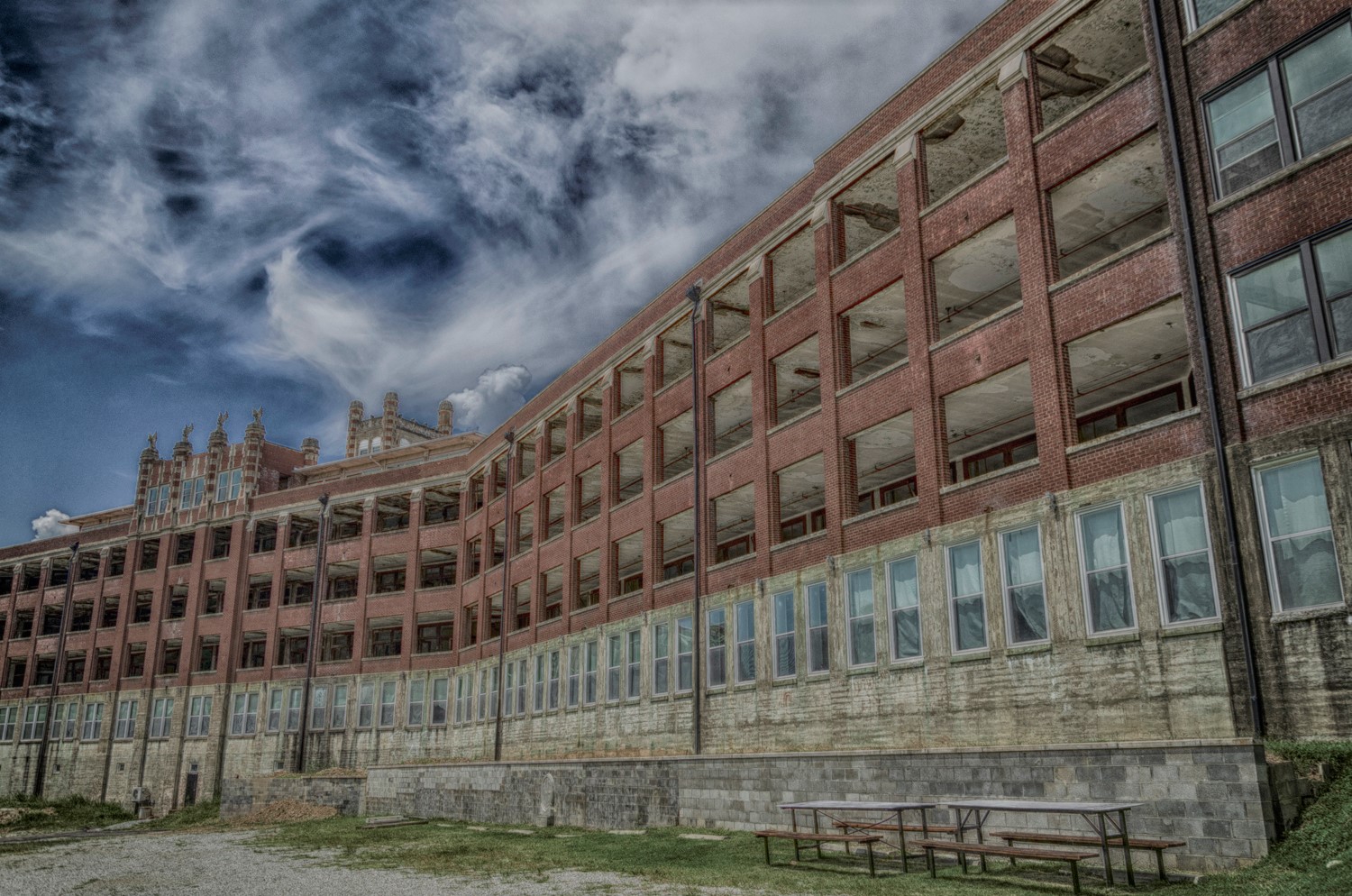
Located in Louisville, Kentucky, Waverly Hills Sanatorium is perhaps one of the most infamous abandoned hospitals in the United States. Built in 1910, it was designed to treat patients suffering from tuberculosis—a rampant disease at the time. The sanatorium was a self-contained community, complete with its own zip code. Despite its serene setting, Waverly Hills is shrouded in tales of suffering and death. At its peak, the hospital saw thousands of deaths, and its infamous "body chute" was used to discreetly transport the deceased away from the eyes of the living. Today, the sanatorium stands as a ghostly reminder of a time when tuberculosis was a death sentence. Visitors and paranormal enthusiasts flock to Waverly Hills, drawn by reports of ghostly apparitions and eerie sounds. The sanatorium's dark history and chilling atmosphere make it a poignant symbol of the battle against infectious diseases and the human stories entwined with medical history.
2. Richardson Olmsted Complex (Buffalo State Asylum): Architectural Grandeur and Decay

Buffalo, New York, hosts the magnificent Richardson Olmsted Complex, formerly the Buffalo State Asylum for the Insane. Designed by renowned architect H.H. Richardson with grounds by Frederick Law Olmsted (of Central Park fame), this Kirkbride Plan hospital opened in 1880. Its Medina sandstone buildings represent a masterpiece of American architecture. While parts of the sprawling complex have been beautifully restored and repurposed into a hotel and architecture center, other wings remain untouched, slowly decaying. Exploring the contrast between the restored grandeur and the hauntingly abandoned sections offers a powerful look at architectural preservation and the evolution of mental healthcare.
3. Beelitz-Heilstätten: A Glimpse into the Past of German Medicine

Located just outside Berlin, Beelitz-Heilstätten is a sprawling complex of over 60 buildings that once served as a military hospital. Built in the late 19th century, it was initially designed to treat tuberculosis patients before becoming a key medical facility during both World Wars. Adolf Hitler himself was treated here during World War I after being wounded in battle. After the wars, the complex fell under Soviet control, serving as a military hospital until the fall of the Berlin Wall. Today, Beelitz-Heilstätten is a haunting blend of history and decay, with its grand architecture slowly succumbing to the elements. The site offers a unique glimpse into the evolution of German medicine and the impact of historical events on medical practices. Its abandoned halls and patient wards echo with stories of the past, drawing visitors who are intrigued by its rich history and eerie ambiance.
4. Hart Island, New York: The Island of Lost Souls

Located in Long Island Sound, Hart Island serves as New York City's public cemetery, or potter's field, holding over a million unclaimed or unidentified bodies. Throughout its history, it also housed various institutions, including a Civil War prison camp, a psychiatric hospital, a tuberculosis sanatorium, and a boys' reformatory. While still used for burials performed by inmates from Rikers Island, the island's former institutional buildings are abandoned and decaying. Access is highly restricted, adding to its mystery. Hart Island is a profoundly somber place, representing layers of the city's forgotten history and the final resting place for generations of its marginalized residents.
5. Terrell State Hospital, Texas: Echoes of a Bygone Era

Opened in 1885 as the North Texas Lunatic Asylum, Terrell State Hospital was a massive institution designed to provide care under the Kirkbride philosophy. Its sprawling campus featured imposing Victorian architecture and was intended as a self-sufficient community. Over its long history, it witnessed significant changes in psychiatric treatment, from moral therapy to more controversial 20th-century methods. While parts of the campus remain operational, several older buildings stand abandoned, their decaying grandeur attracting photographers and historians. These silent structures offer a poignant glimpse into the evolution of mental healthcare in Texas and the lives shaped within their walls.
6. The Tragic Legacy of Danvers State Hospital
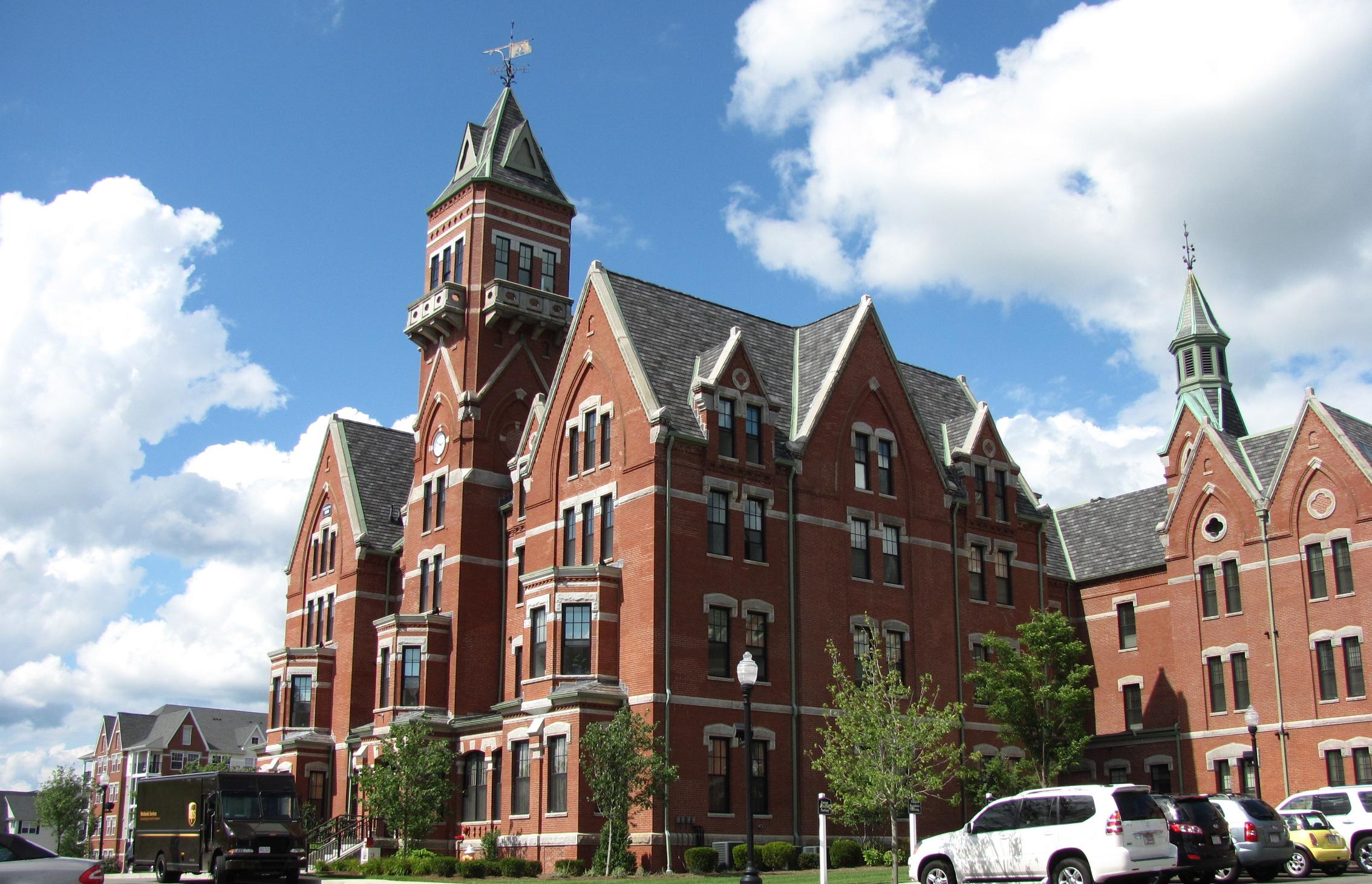
Perched atop Hathorne Hill in Massachusetts, Danvers State Hospital was once a beacon of hope for those suffering from mental illness. Opened in 1878, the hospital was designed according to the Kirkbride Plan, which emphasized humane treatment and therapeutic environments. However, as the years passed, Danvers became a symbol of the failures of the mental health care system. Overcrowding, understaffing, and reports of abuse marred its reputation, leading to its closure in 1992. The hospital's imposing Gothic architecture and tragic history have inspired numerous works of fiction, including the horror film "Session 9." Today, much of the original structure has been demolished, but its legacy endures. Danvers serves as a cautionary tale of the challenges faced by mental health institutions and the need for continued reform and advocacy. Its story is one of ambition, failure, and the enduring impact of architectural and medical history.
7. The Ghostly Remains of the Athens Lunatic Asylum
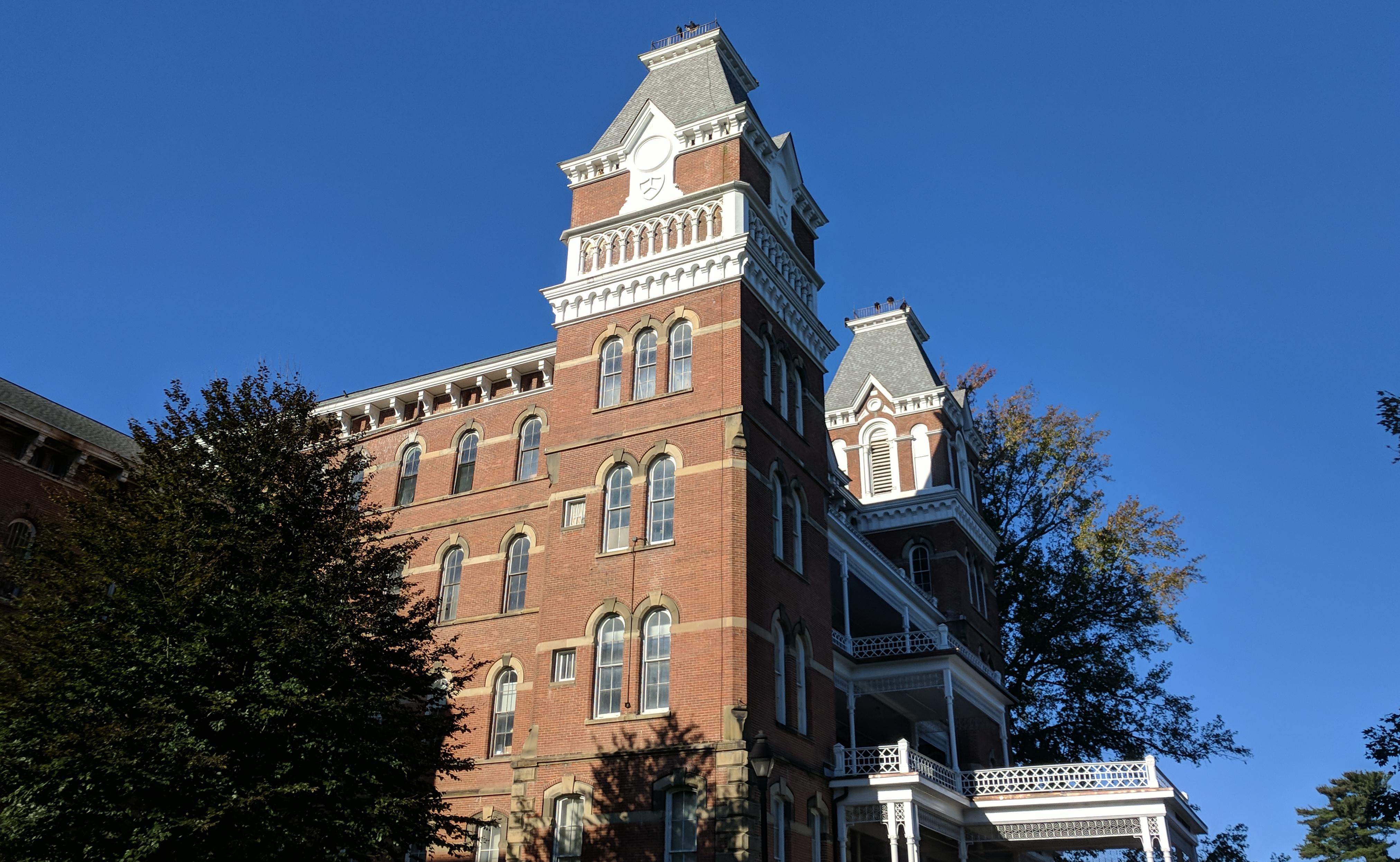
The Athens Lunatic Asylum in Ohio, now known as The Ridges, opened in 1874 as a state-of-the-art facility for the mentally ill. The asylum was designed to provide compassionate care and treatment, but over time, it became notorious for its overcrowding and controversial practices, including lobotomies and electroshock therapy. The asylum's cemetery, with its unmarked graves, stands as a somber reminder of the lives lost within its walls. Today, The Ridges is part of Ohio University, with some of its buildings repurposed for academic use. However, the asylum's ghostly past continues to captivate those interested in the paranormal. Reports of unexplained phenomena and ghostly apparitions have made The Ridges a popular destination for ghost hunters and historians alike. The story of the Athens Lunatic Asylum is one of transformation, from a place of hope to a site of mystery and intrigue, highlighting the complexities of mental health care and the enduring impact of its history.
8. Letchworth Village, New York: A Shadowed Past
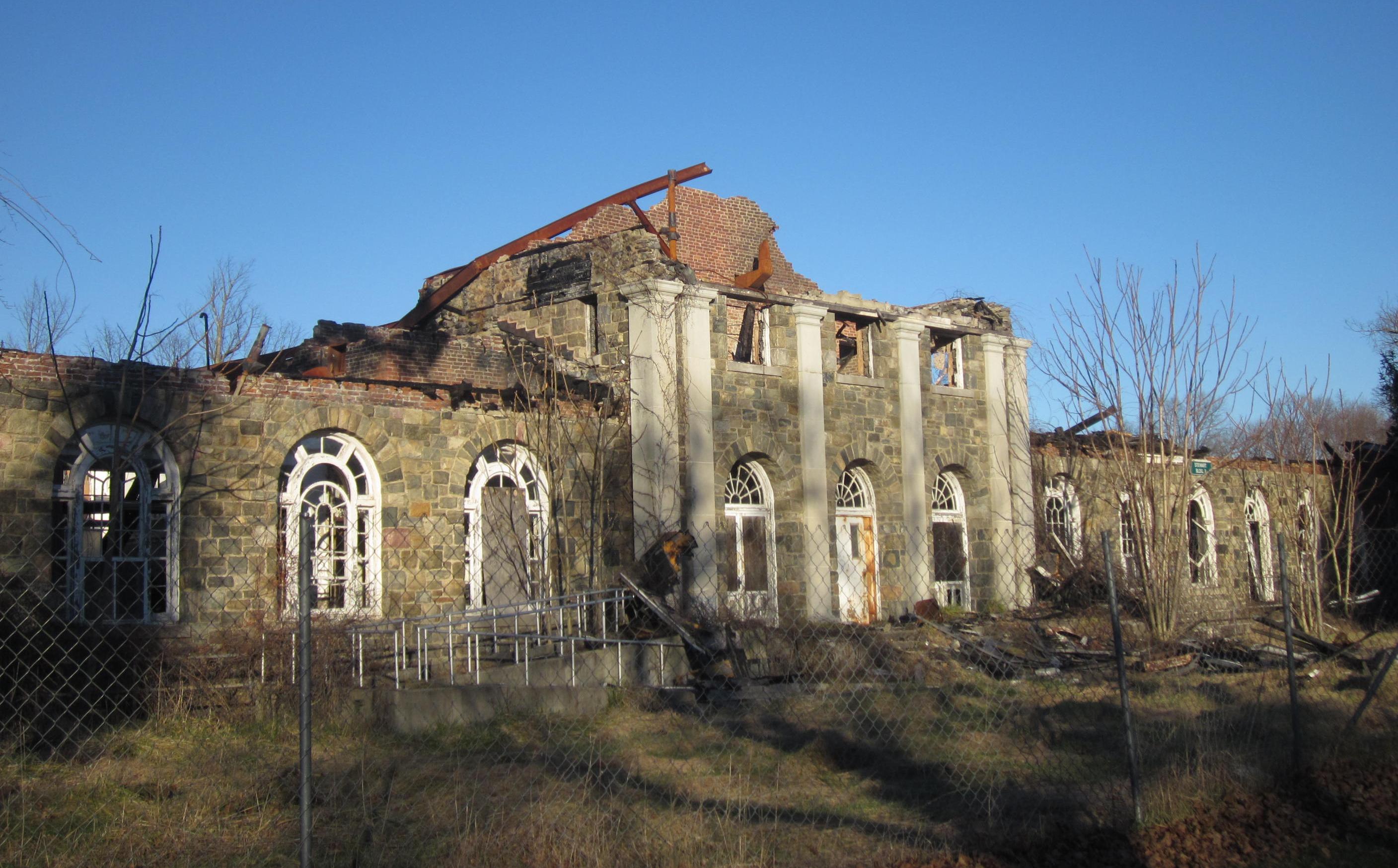
Nestled in Thiells, New York, Letchworth Village opened in 1911, envisioned as a model institution for the physically and mentally disabled, built on progressive cottage-plan principles. However, it became infamous for overcrowding, understaffing, neglect, and disturbing reports of patient mistreatment and unethical medical testing. After decades of controversy and eventual deinstitutionalization, the facility largely closed by 1996. Today, numerous decaying brick buildings stand scattered across the sprawling, overgrown campus, serving as a somber reminder of its troubled history and the evolution of care for vulnerable populations.
9. The Chilling Echoes of Hellingly Hospital
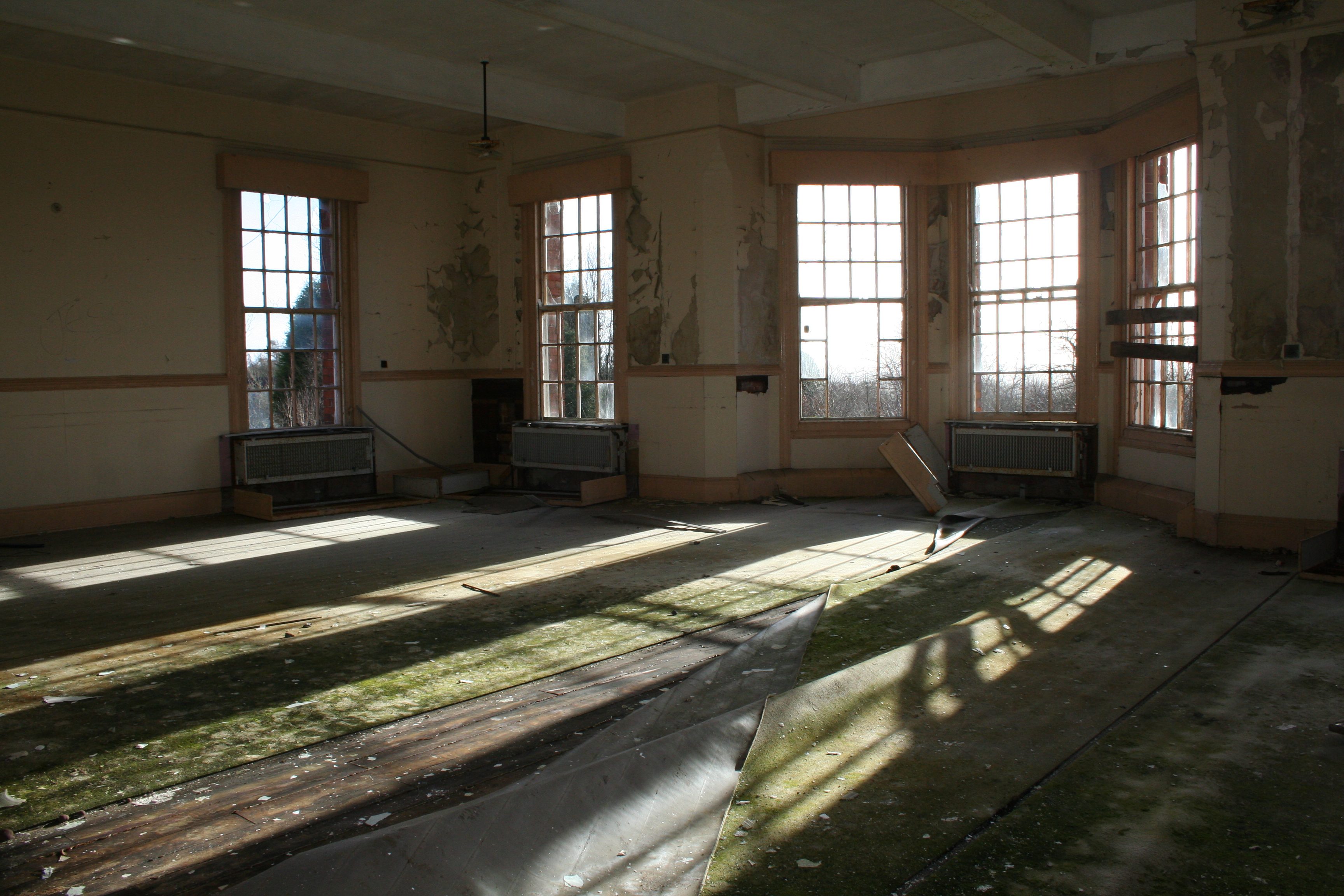
Hellingly Hospital in East Sussex, England, was once a state-of-the-art psychiatric facility that opened in 1903. Designed to provide compassionate care and treatment, Hellingly was a self-contained community with its own farm, workshops, and recreational facilities. However, as with many institutions of its kind, Hellingly became synonymous with overcrowding and neglect. The hospital closed its doors in 1994, leaving behind a haunting legacy of stories and memories. Today, the abandoned buildings stand as a testament to the changing landscape of mental health care. The hospital's eerie atmosphere and chilling history have made it a popular destination for urban explorers and paranormal enthusiasts. Reports of ghostly apparitions and unexplained phenomena add to the allure of Hellingly, drawing those who are intrigued by its past. The story of Hellingly Hospital is one of change and adaptation, reflecting the ongoing evolution of mental health care and the enduring fascination with the unknown.
10. The Abandoned Halls of Trenton Psychiatric Hospital
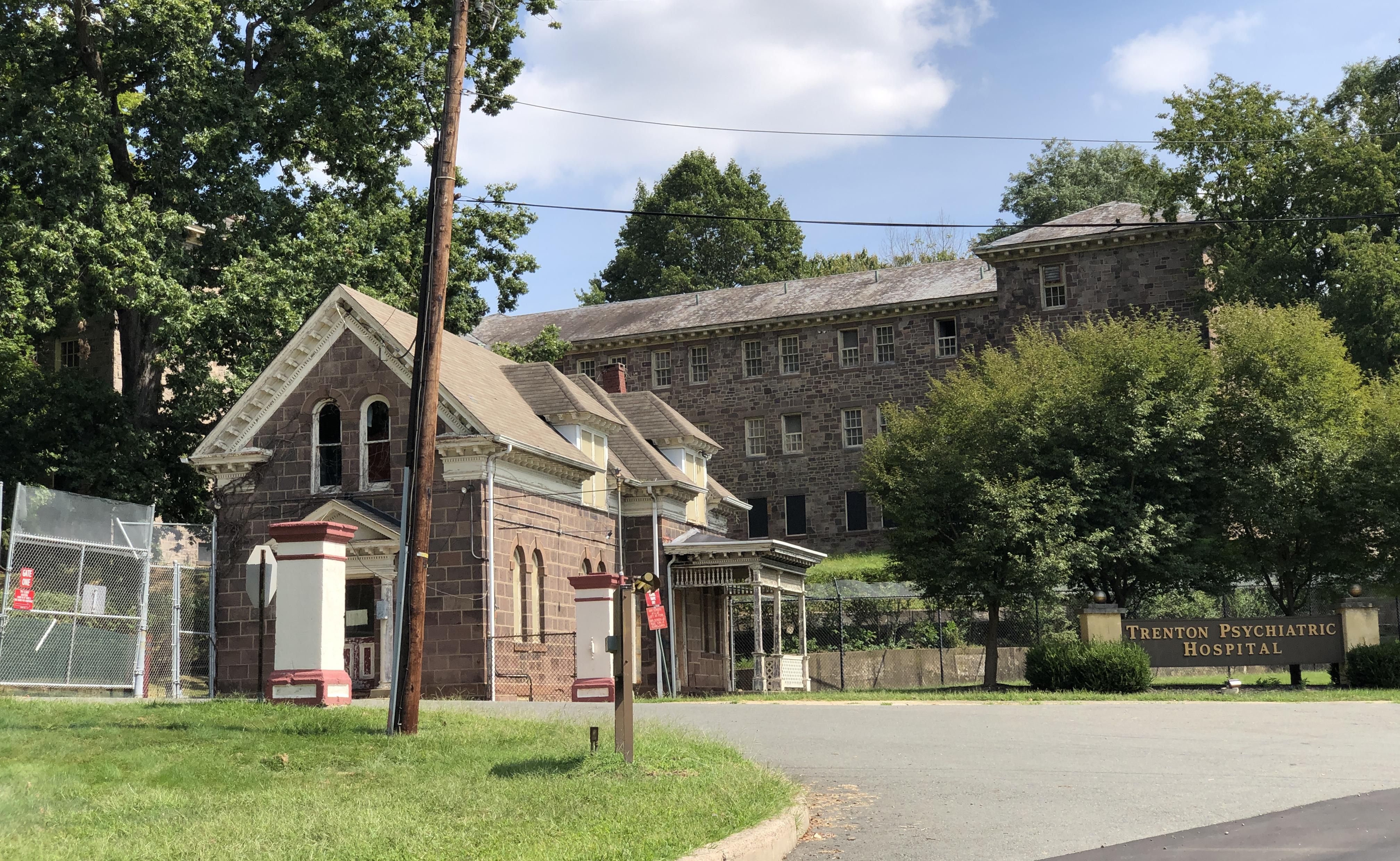
Trenton Psychiatric Hospital in New Jersey, originally known as the New Jersey State Lunatic Asylum, opened in 1848 as one of the first mental health facilities in the United States. The hospital was founded by Dorothea Dix, a pioneering advocate for the humane treatment of the mentally ill. However, over time, Trenton became notorious for its overcrowding and controversial practices, including the use of insulin shock therapy and lobotomies. The hospital's abandoned buildings and overgrown grounds serve as a haunting reminder of the past, drawing visitors who are intrigued by its history and the stories of those who once lived and worked within its walls. Trenton's legacy is a complex tapestry of hope, tragedy, and the ongoing struggle for humane treatment of the mentally ill. Its story is one of ambition, failure, and the enduring impact of architectural and medical history.
11. Trans-Allegheny Lunatic Asylum: A Monument of Mental Health History

Weston, West Virginia, is home to the imposing Trans-Allegheny Lunatic Asylum (later Weston State Hospital), a massive hand-cut stone structure and a prime example of the Kirkbride Plan for humane treatment. Opened in 1864, it was designed to house 250 patients but swelled to over 2,400 by the 1950s, leading to severe overcrowding and deteriorating conditions. Changes in mental health treatment and the building's decline led to its closure in 1994. Today, this National Historic Landmark stands as a haunting monument to evolving mental healthcare practices, offering historical and paranormal tours through its vast, echoing corridors.
The Enduring Fascination with Abandoned Asylums
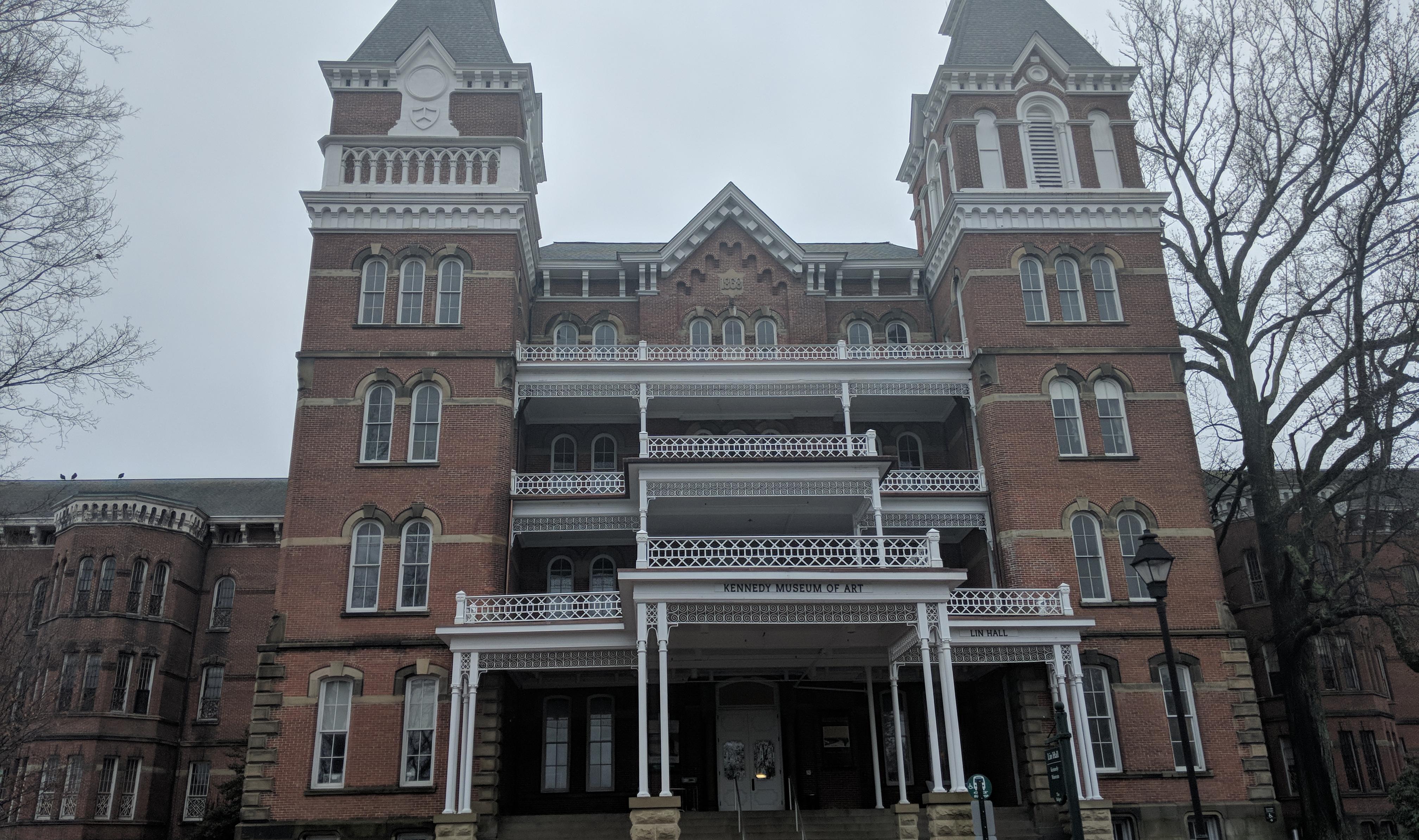
The allure of abandoned hospitals and asylums lies not only in their eerie atmospheres but also in the stories they hold. These institutions serve as reminders of the past, reflecting society's evolving understanding of medicine and mental health. Their haunting legacies offer valuable lessons about the human condition, the challenges of medical practice, and the need for continued reform and advocacy. As we explore these abandoned places, we are reminded of the thin line between healing and horror, and the enduring impact of history on the present. The fascination with these sites is a testament to the power of storytelling and the human desire to understand and remember the past. Whether drawn by curiosity, history, or the paranormal, visitors to these abandoned institutions are part of a larger narrative that continues to unfold, bridging the gap between the past and the present.








